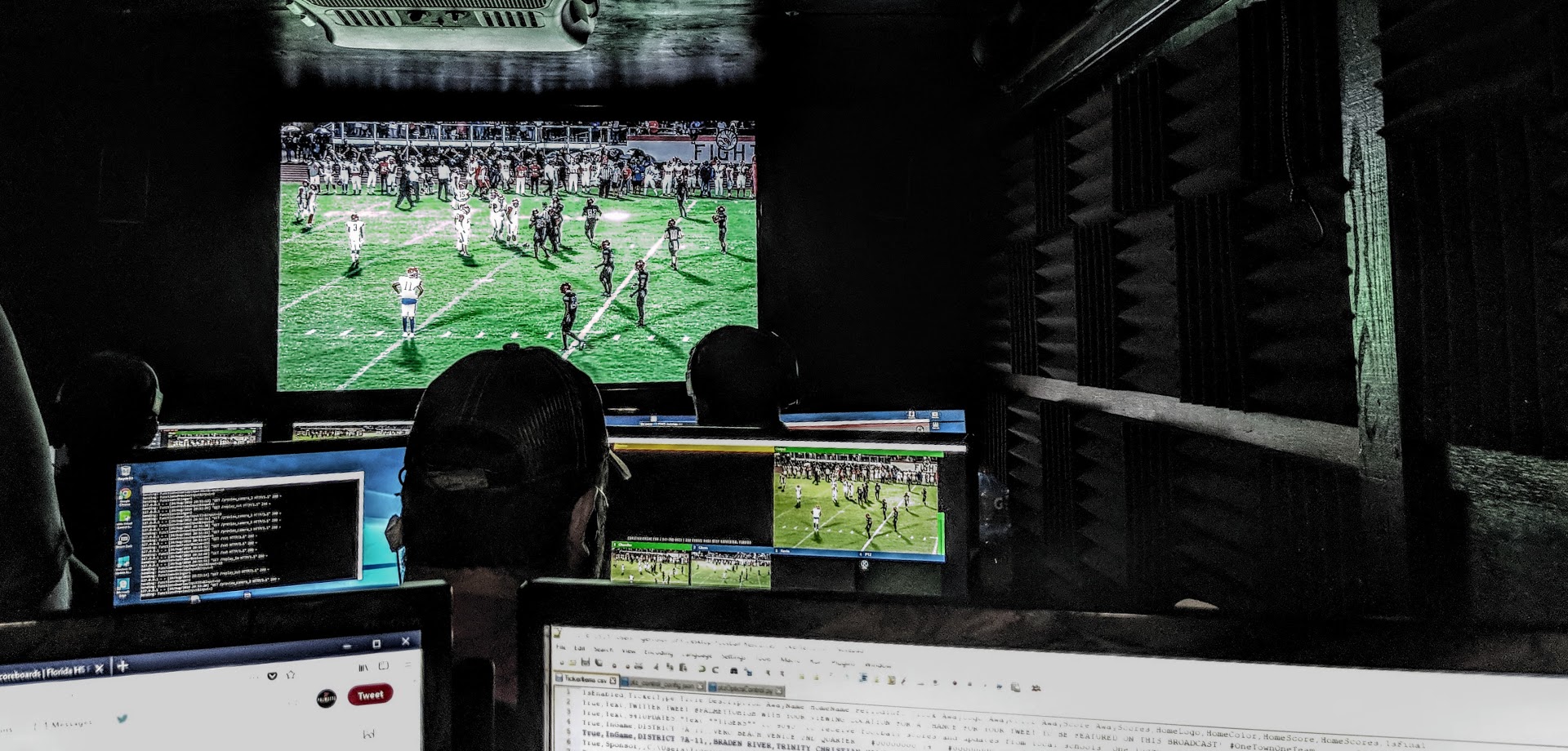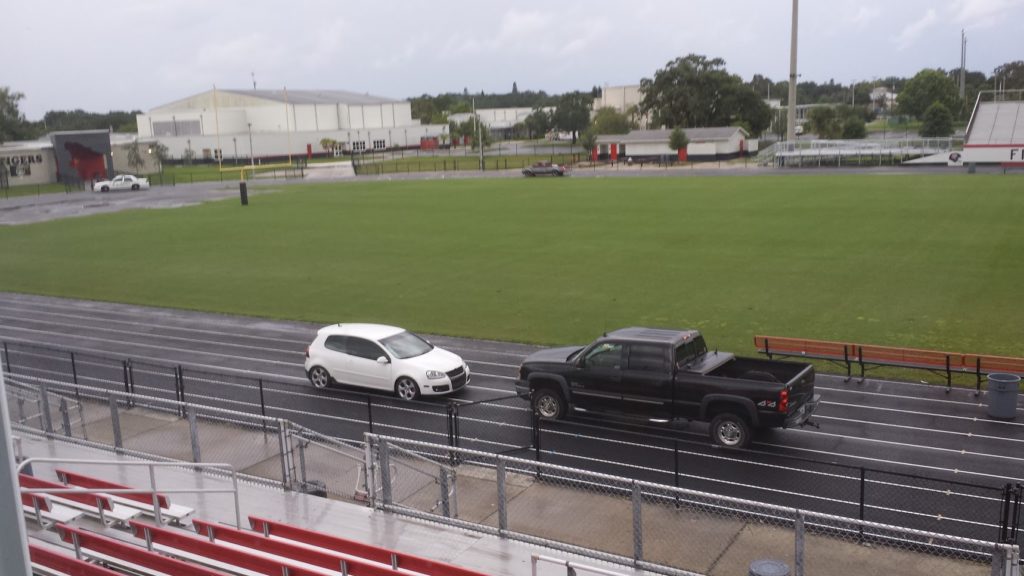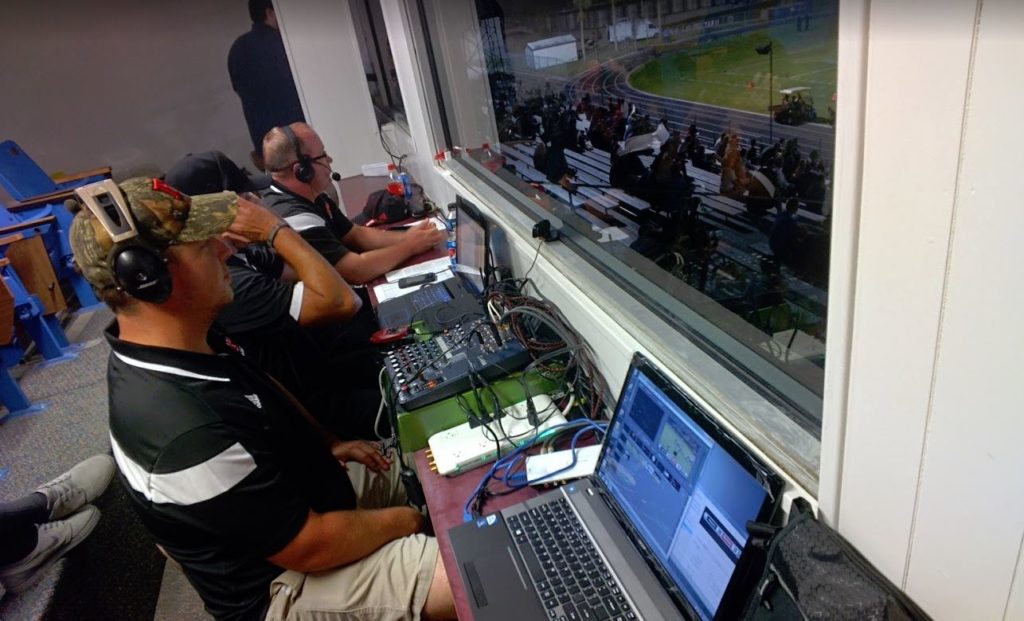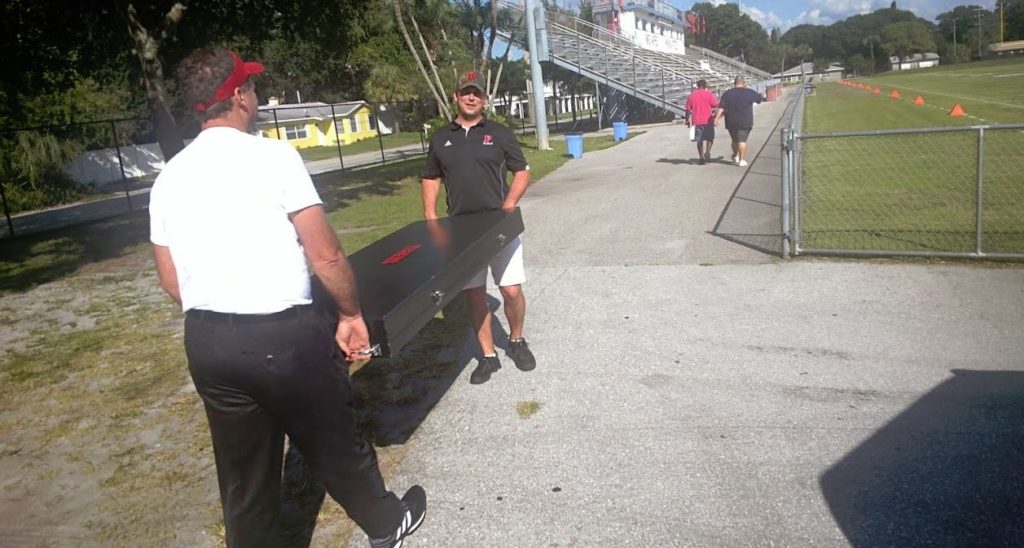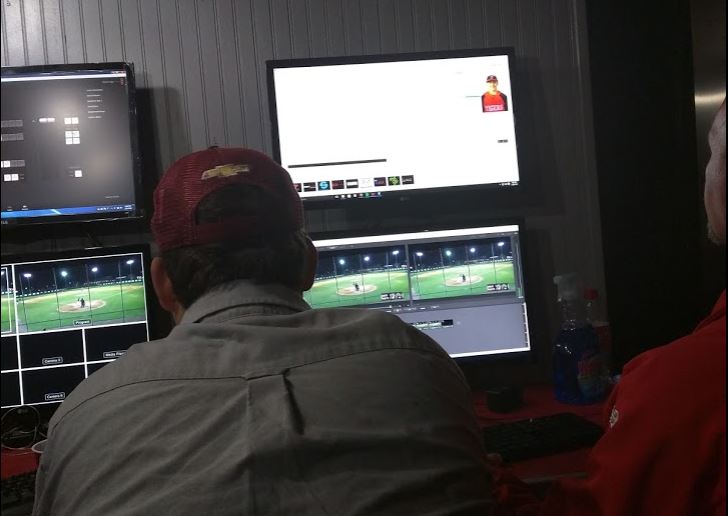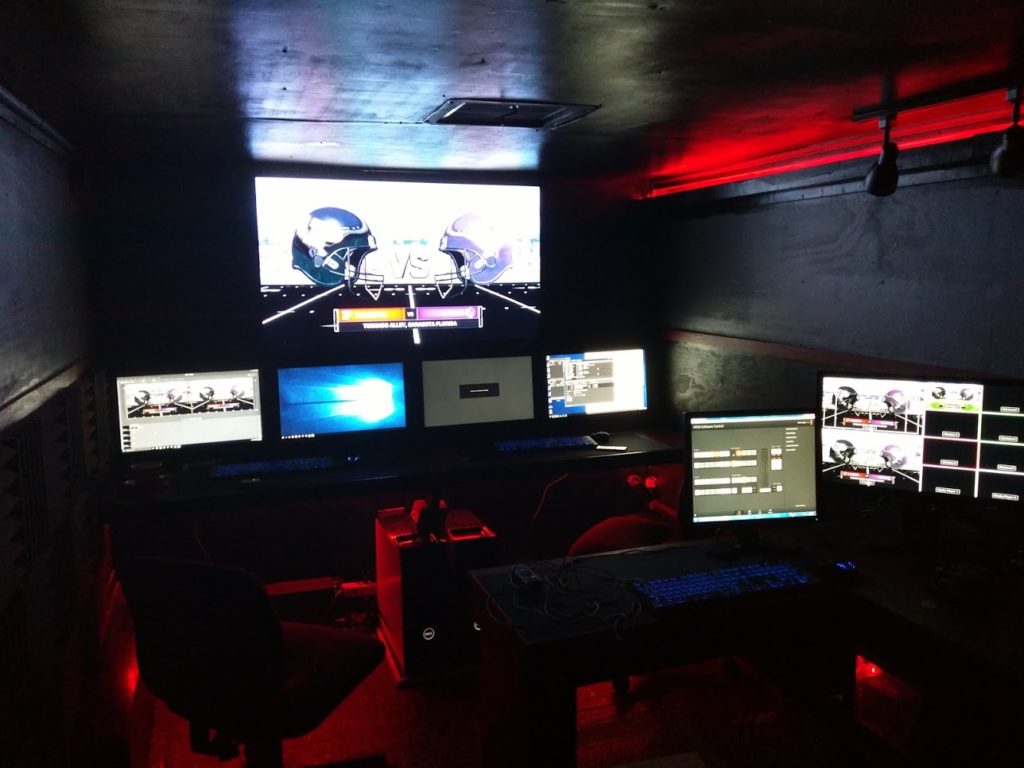Disclaimer: Tigervision is a team of 10-20 volunteers on any given day. Our volunteers range from business owners to insurance salesmen, tech moguls, elected officials, government workers and even music ministers. All funding is from sponsors, or out of pocket. We are fortunate to have what we have. Thanks to everyone who has helped with this journey.
Pre-Tigervision (2012) – The Palmetto High Boosters Club was looking for a method to save money on football broadcasting over AM radio. Their thought was to quit paying for AM radio time, and to switch to a web based option. In theory, they would have saved a good deal of money. We’re not entirely sure how we were approached, but we (Jordan Varnadore and myself) were given first crack at it. We didn’t have any prior experience with livestreaming at the time, however we were quite tech savvy individuals, and knew we could pull off the equivalent of an online phone call. As we were toying with the idea, we thought it’d be cool to hook up a webcam so you could kind of see the action. After a bit more research, we figured we could at least spend $100 on a Sony Handycam and interface it using a Blackmagic Intensity Shuttle over USB3. So we put in a request for the items needed: a laptop, two wired microphones, small soundboard, aircard (for internet), a basic subscription for USTREAM, and a basic camcorder. Roughly a couple grand, but still less than the $5,000 they had been spending on the ancient airwaves. In any case, it was at least an audio upgrade.
Tigervision Begins (2012) – WE ARE LIVE! We were fortunate enough to retain the original broadcasters: Tim Knopf and Rick Wells. Our first broadcast went live and we had so many issues, but it worked. We had beaten the odds and were so proud of our crappy stream. We had a 25ft HDMI cable that had to be plugged into the laptop, so camera placement had to be pretty close. I snagged a webcam from my house and we were showing off our newfound skills by having two whole cameras; one for the game, and one for the announcers, who didn’t know they were going to be on camera. I believe we averaged about 4 viewers, and it must have been painful to watch. During our first game, around half time, we found that Wirecast offered a scoreboard of sorts. We were able to show the names of the teams and the current score. No other fancy features were added, but we were official.
Tigervision Matures (2013-2014) – We outgrew that little laptop pretty quickly. We needed something a bit more robust, so we put in a request for a decent desktop computer. It was a beast. The downside, we weren’t exactly portable anymore. Our Special Teams coach, good guy Robby Stevenson, had the idea to make a Tigervision box that would help us to be a bit more portable. I mean, it was all in a box now anyway. When I say box, I mean a 7ft behemoth that contained a full desktop computer, monitor, a soundboard, keyboard, mouse, microphones, everything. It was not lightweight at all. We also required an additional box of wires and things for our camera. During these years, we also discovered a gimmicky trick that would enable us to have replay. We found that we could cast a portion of our desktop to our stream, and since there was a delay in our stream to USTREAM, we’d just open a browser and watch the “live” (delayed) stream and then capture that, thus running a loop. When there was a play we wanted to see again, we’d just cut to the live broadcast and watch the delay until the play ended. This became something we like to call “Tiiiiiiigervision.” It’s more of a feeling. Yes, we could have spent a ton of money on things for replay, but Tiiiiiiigervision was about duct tape and band-aids. We got it done and had no complaints. Nothing is perfect though, when visiting for away games, often times our box was too big to fit inside the press box. Often, we’d take up more room than the home team’s press. Some places in Manatee that have a much larger press box than Palmetto, just didn’t like having us to begin with. We, as volunteers, would use our vacation time to get there early, around 2pm for a 7:30pm kick off, and set everything up just to be told around 6pm that we need to set up on the other side of the press box. How some of these broadcasts happened is a miracle, or simply Tiiiiiiigervision. Often, we’d notice that there wasn’t even anyone where we had initially set up. Tigervision also lost it’s original voice, Tim Knopf, during the 2014 season. Thankfully, we had some talent lined up even if they didn’t know it yet. Jordan and I both pushed for our dads, Brian Varnadore and Ken Burton, Jr., to join Rick in the booth. It didn’t take too much convincing, as they were already fans of Palmetto football and were constantly helping behind the scenes for Tigervision. Let’s be real, it was only a matter of time before they were working it anyways.

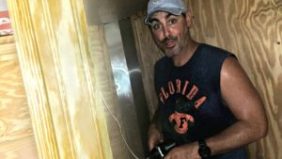
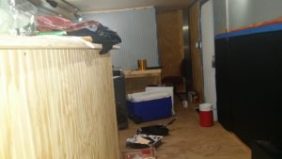
Now in our fancy trailer, we didn’t really upgrade any of our equipment. We just had all of the space. It was huge! I’m talking opening scene from “The Sound of Music” huge. All the room. We had air conditioning, it was (and still is) better than the press box! This Tigervision season would see some real donations. Mostly hitting up the same companies around town, but we were able to get our trailer wrapped with a pretty sick Tigervision logo as well as some logos of our larger sponsors. We didn’t really improve any of our setup times, but we did at least have somewhere central to set up each and every game. We purchased a ridiculous 16 channel audio snake that can reach 300 ft. Sounds great on paper, this thing weighs a ton and we often would draw straws over who would have to lug it around. Our A/C unit is great though, it just needs a good 16 hour head start to cool the trailer off. Unfortunately, during the setup process, the door is usually open the full 3 hours from all of the in and out by our volunteers ,and we’d often never know if the unit was running. It’d finally get cold by the 3rd or 4th quarter. It was an improvement, for sure, but we needed more. Our favorite added equipment was a shop fan that we dubbed “turbo blaster” that was donated by good guy Robby Stevenson. It was the only thing that kept the air moving in the trailer.
Tigervision Baseball? (2015-2016) – Yeah, we were hot stuff in our fancy new trailer. We decided we could take on baseball. Only problem, we don’t have any sort of graphics package for baseball. What do we do? Well, I can tell you what we should have done. We should have spent the $1,500 and purchased fancy baseball software, but that wouldn’t be the Tiiiiiiiigervision way. No, no, no… I personally hand coded a custom application in Visual Basic that would generate all of our graphics. It was 1,434 lines of code for the main form. It was actually quite a good app. I’ve recently open sourced it on GitHub. I’d never created things like this and had I figured out animations, we’d probably still be using it. The app was solid, and was built by someone who knows the sport, which is a bigger deal than you’d think. It handled a bottom line ticker, much like ESPN, Twitter integration, had a full inning-by-inning scoreboard, as well as going to/coming from break graphic. It supported headshots and player stats. Like I said, had I spent a bit more time and found a method to support graphic transitions and made it look the part just a bit more, it’d still be in use and I’d probably be selling the software. Baseball games went smoothly. We were hot stuff, but only decided to do the home games since it’s quite a commitment, and volunteers who knew how to set everything up were tough to find.
Tigervision Receives Outside Help for Football (2016) – There was a small mutiny in the streaming world at Manatee High School. I don’t know the whole story here, but their expert crew was ready to jump ship. I must say, I know that feeling all too well. They wanted to see what life was like on the other side of the bridge. Their leader, Justin Stancil of Stancil Entertainment, was very hungry and wanted to transform Tigervision into a full time product. We welcomed the crew and really classed up the trailer as our volunteer staff nearly doubled overnight. Justin had quite a crew who came with him, they were all very skilled individuals. In fact, a few of the volunteers Justin brought our way were at some point hired on by Jordan or myself at our day jobs. Our once-big trailer needed a redesign. We completely removed the makeshift studio desk, which had never been used in broadcast, so we could free up a good bit of precious square feet in the trailer. It didn’t go to waste, the bar was donated to MSTV. We put up a wall in the back of the trailer to separate storage from production. This helped keep the trailer cool, since the a/c didn’t have to work as hard. However, we also lost a good deal of room. We put a couple stations on the new wall and mounted up the biggest TV we could fit. We added 2 more desks and a sound room. The trailer was now filled with 5 computers, 10 monitors, and a TV. We also wired it up for sound using an old home theater unit from my house. There must have been 10 miles worth of wire inside of the production area in the trailer, linking everything together as best we could. We reached capacity. It was still Tigervision, though. Chairs were sourced via Craigslist for no more than $10 each, and often times would just break without warning. We were done using Wirecast and our instant replay glitch days were done. We needed to do things properly, as we now had real help. Sponsors were called on, and we were able to get some real hardware and software. We finally purchased actual football software from Graphic Outfitters, the same software used by ESPN at one point. We did make use of the 60 day VMix trial version a couple times. This enabled us to do a proper replay. All of this was made possible by our fancy Blackmagic Atem switcher. This was also the first season we ran actual 30-second commercials in the broadcast, as well as fancy intro videos.
Trouble in Paradise. Tigervision Drama Begins (2017) – We finally figured out why Manatee had parted ways with their crew. We couldn’t keep up with their large budgetary needs. Tigervision parted ways with Justin and Stancil Entertainment. We felt we had a good grip on the streaming game, and were able to deliver a quality stream with the duct tape and band-aid model that it was founded on. We did take notes on everything, and learned the most in this time period. We retained Stancil Entertainment’s lead engineer, Christian McClanahan, and he would play a large part in Tigervision going forward. Our stream would reach new levels of viewership and grow exponentially. For the first time, we were approached by sponsors, not the other way around. This year would also be the first appearance of the Tigervision fan cam in the stands. It was a crude demo that used a cheap security camera, and was run directly into the stands at home games. We also ventured into the 360 space and attempted to try new VR tech for livestreaming. Unfortunately, it just wasn’t in the books for this season, and ultimately our VR plans were scrapped. After the season ended, we opted to enter Tigervision into the first annual streaming awards hosted by PTZOptics. We placed 2nd in the sports category and 3rd overall. This was a huge morale booster for the team, as we finally realized we were on the right path, and knew we could snag first place if we kept at it.
Tigervision to the Future (2018 – Present) – Fresh off our second place sports finish, we knew we could be the best. The company behind the streaming awards had started doing a weekly stream covering the latest trends in the streaming world. Obviously we paid attention. They introduced us to this radical new bleeding-edge technology called NDI. It’s basically a plug-and-play network camera setup. No longer would we need to run 10 miles worth of cable in our trailer just so a select few screens could view each camera individually. Unfortunately, our older cameras weren’t compatible and would need some expensive adapters. Thankfully, we have sponsors! We were able to purchase 3 Newtek Spark Connects, and we were now using NDI for everything. Because of NDI, we were able to add screens to our press box, concessions, and even the new VIP tent at the games. NDI also gave us the ability to add a telestrator so that talent could draw on the screen during replays like John Madden, in his day. We no longer needed our super expensive ATEM switcher, and were able to toss out thousands of feet of outdated SDI wire. Tigervision setup went from 3 hours in the crazy heat to about 30 minutes. In typical Tigervision fashion, now that our setup times were almost non-existent, we also got a new overhead A/C for the trailer, which works too well. It’ll “freeze you out” if you aren’t careful. Tigervision went on to enter the 2018 Streaming Awards. We won Best Stream over all. Tigervision was now best in the world. Jordan and I were even invited by PTZOptics to visit the NABShow in Las Vegas. That invite quickly turned into me being on stage for an interview, which was totally outside of my comfort zone. More on that, plus the interview can be seen here. We also established some key business relationships with our new friends at PTZOptics, as well as VizRT, the new owners of Newtek, the creators of NDI. Tigervision is set to become a case study among industry professionals, and will be the very first high school in the world to use and adapt the First and 10 (yellow line) technology.
This is by no means an official account of how everything went down, it’s just a humble guideline so that others may learn from our simple beginnings.

